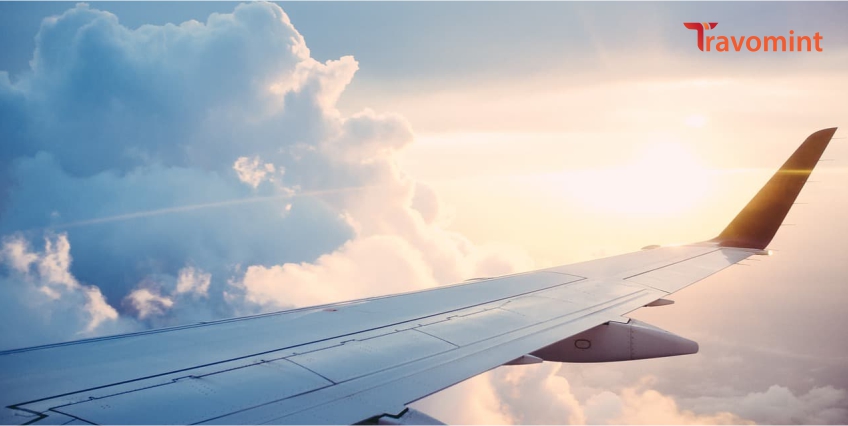- 02 Sep, 2024
"Severe turbulence" recently rocked a United Airlines itinerary, resulting in an emergency landing in Memphis (according to reports released by the local emergency responders and airline).
The Federal Aviation Administration said that the flight "landed safely at Memphis International Airport around 2:50 PM local time on Wednesday, Aug 28, after the crew reported severe turbulence over Louisiana."
Seven people were injured in the turbulence, and one was rushed to the hospital. United Airlines said: "United flight 1196 diverted to Memphis … after encountering a brief period of severe turbulence while the seatbelt sign was on. Paramedics met thjnge aircraft at the gate and transported one passenger to the hospital."
Turbulence is a natural phenomenon and has no control due to which there were so many disruptions in a commercial flight movement in recent months in this year only. For example, in May, a Singapore Airlines flight experienced one passenger killed and 71 injured after encountering severe turbulence. The plane was dropped 54 m in altitude in less than 5 seconds and had to divert to Bangkok for an emergency landing.
Not long before, on an EasyJet flight from Corfu, Greece, to London, two crew members were injured when the flight ep[experienced sudden turbulence. Also, 30 passengers were injured on Air Europa due to "strong turbulence."
What were the consequences of Turbulence?
The airline said, "United flight 1196 diverted to Memphis (Wednesday) afternoon after encountering a brief period of severe turbulence while the seatbelt sign was on.
Despite the plane being landed without any casualty at Memphis International Airport around 2:50 PM, 7 people were injured, out of which one is hospitalized, whose injuries are unknown- according to the Memphis Fire Department.
The plane was carrying 172 passengers and seven crew members. It eventually resumed operations and landed in Chicago, which was two hours behind its actual scheduled timings.
Data on United Airlines Turbulence.
According to Flight Tracking Data, the plane first circled over northern MISSISSIPPI right before landing in Memphis, and the plane's crew "reported severe turbulence over Louisiana" (The Federal Aviation Administration).
Why does Turbulence occur?
The rise in turbulence in recent times is primarily due to the climate change effect. If the warmer air increases, wind shears or changes its pattern, resulting in flight turbulence.
Based on studies, flight turbulence cases have increased by 55% between 1979 and 2020, which is alarming data for all the aviation sectors.
"Airlines will need to start thinking about how they will manage the increased turbulence, as it costs the industry (US$150–500 million) annually in the USA alone,” PhD researcher and lead author Mark Prosser said. “Every additional minute spent travelling through turbulence increases wear-and-tear on the aircraft, as well as the risk of injuries to passengers and flight attendants.”
Nevertheless, while casualties arising out of Turbulence are rare, it has become a top cause of injury to passengers and attendants in nonfatal accidents (Based on FAA reports).
Thus, the need of the hour is to protect the climate to diminish the probability of any casualties caused by turbulence.
.










